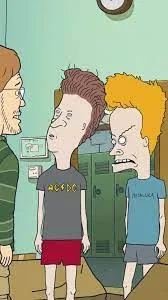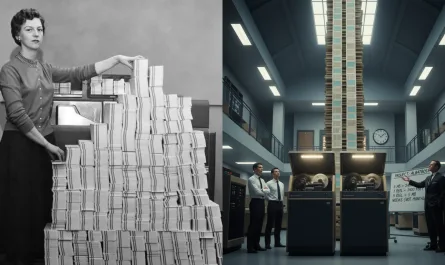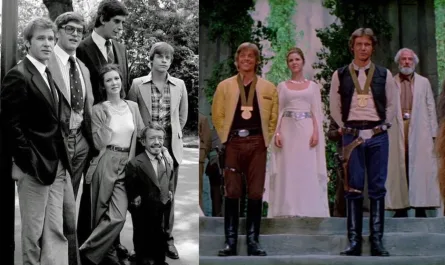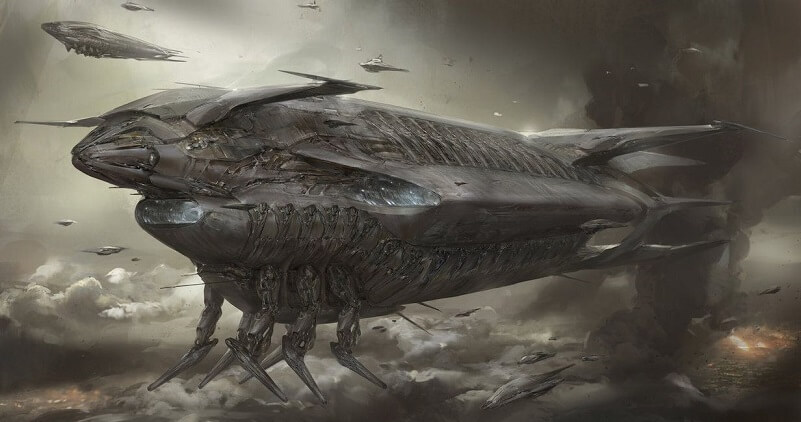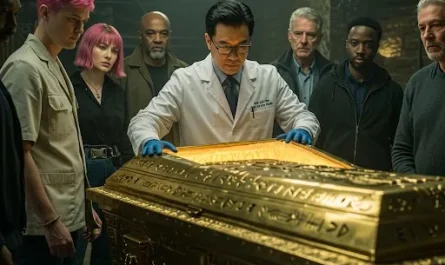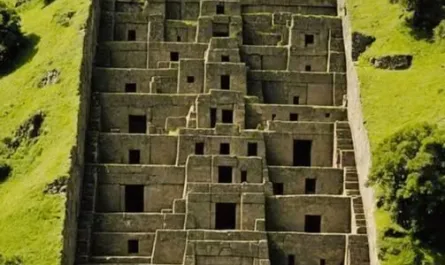Beavis and Butt-Head, the iconic animated duo that debuted on MTV in 1992, were born from the creative mind of Mike Judge, who drew inspiration from two teenage boys he knew in his youth. These dim-witted, rebellious characters became cultural touchstones, embodying the apathy and disillusionment of early 1990s teens while delivering biting social commentary through their love of rock music, TV, and sheer lack of sense. Their chaotic humor and dynamic—Butt-Head as the smug, dominant leader and Beavis as the eager, clueless sidekick—made them a sensation, shaping MTV’s animation legacy and paving the way for future counterculture cartoons.
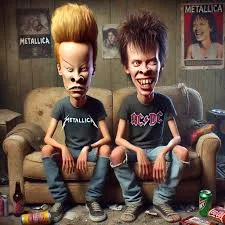
The Spark of Creation
Mike Judge, a physics graduate turned animator, created Beavis and Butt-Head while experimenting with short films in Dallas, Texas. In 1991, his short Frog Baseball, featuring two crude teens tormenting a frog, caught the eye of MTV executives at a film festival. Inspired by two real-life acquaintances from his Albuquerque, New Mexico, youth in the 1970s, Judge crafted the characters to reflect the aimless, rebellious spirit of suburban teens he observed. One was a tough-talking, self-styled leader; the other, a hyperactive follower prone to wild outbursts. These archetypes became Butt-Head, with his “heh heh” laugh and wannabe-cool attitude, and Beavis, with his manic energy and “I am Cornholio” alter ego.
Judge’s goal was to satirize the slacker culture of Generation X, using the duo’s narrow worldview—obsessed with heavy metal, MTV videos, and crude humor—to mock societal absurdities. Their fictional Highland, Texas, setting mirrored the strip-mall monotony of American suburbs, amplifying their commentary on consumerism and media overload.
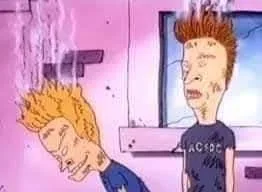
The Dynamic Duo
The pair’s relationship defined the show’s appeal. Butt-Head, with his braces and slicked-back hair, acts as the self-proclaimed alpha, often bullying or manipulating the blonde, twitchy Beavis. Their interactions, filled with insults like “dumbass” and “bunghole,” reveal a dysfunctional yet loyal bond. Beavis’s eager-to-please nature and occasional defiance (especially as Cornholio, triggered by sugar or caffeine) balance Butt-Head’s smug dominance. Their couch-bound commentary on music videos, from Metallica to Madonna, offered sharp, if juvenile, critiques, resonating with teens who felt alienated by mainstream culture.
The show’s humor, blending toilet jokes with sly social jabs, sparked controversy for its perceived vulgarity and influence on youth. Critics blamed it for inspiring dangerous behavior, like fire-starting, leading to edits and disclaimers. Yet its raw authenticity—voiced by Judge himself—drew 1.5–2 million viewers per episode at its peak, making it MTV’s flagship animated series.

Cultural Impact and Legacy
Running from 1993 to 1997 (with a 2011 revival and 2022 reboot), Beavis and Butt-Head aired 222 episodes, spawned the spin-off Daria, and led to the 1996 film Beavis and Butt-Head Do America, grossing $63 million. The duo’s influence shaped shows like South Park and King of the Hill (also by Judge), cementing their role in elevating adult animation. Their catchphrases and slacker ethos became 1990s staples, reflecting a generation’s rebellion against polished conformity.

Lessons for Today
Like the Dahomey Amazons’ cornrow maps or the ingenuity of Newgrange’s builders, Beavis and Butt-Head’s creation reflects creative adaptation—Judge turned everyday observations into cultural commentary. Lessons include:
Authentic Storytelling: Judge’s use of real-life inspirations shows the power of grounding art in personal experience, encouraging creators to draw from their surroundings.
Embracing Subculture: The duo’s love for metal and counterculture mirrors the Amazons’ use of cultural tools, inspiring us to celebrate marginalized voices.

Humor as Critique: Their satire teaches us to question societal norms playfully, fostering critical thinking in media consumption.
A Timeless Chuckle
Beavis and Butt-Head, born from Mike Judge’s memories of teenage misfits, became unlikely icons, their “heh heh” laughter echoing through pop culture. Their unfiltered take on a media-saturated world, much like ancient rock art or a fallen Baalbek stone, tells a story of human connection and rebellion. Whether you’re a fan of their crude antics or just love a good laugh, these knuckleheads remind us to find humor in the absurd and question the world around us. 😄
